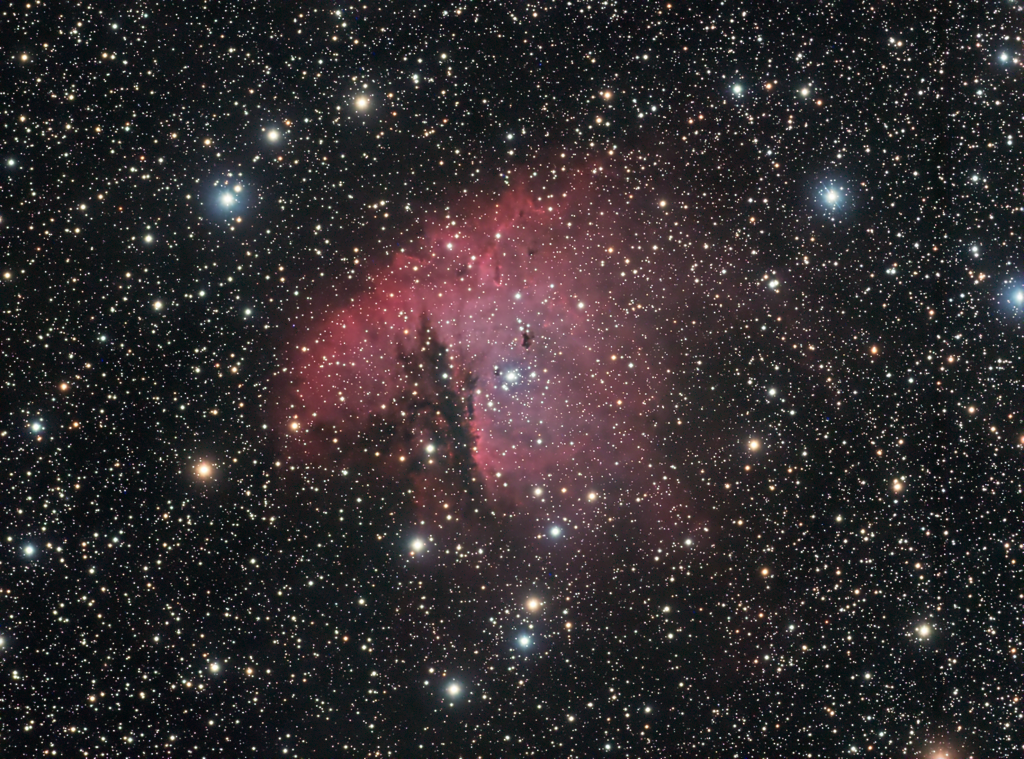
It has been over three years since I last had my imaging rig successfully under the stars to capture deep sky photos. I have had it out a few times since then, but I would either forget a vital piece (like the counterweights) or I forgot how to even use the thing. For most of that time, the rig languished in the garage, all sealed up in cases waiting for the next time photons would be gathered again. Since then, I purchased a couple smart telescopes for quick imaging sessions that did not require a long setup or teardown time. Being somewhat content with the new wave of smart telescopes, I contemplated selling the big rig as it never seemed to get used.
Recently we have been graced with great skies while the moon was dark, and I decided to dust off the rig and take it down to the John Glenn Astronomy Park. I made sure I had everything inventoried, organized, and ready to go so that I don’t repeat mistakes of the past. Once I tripled checked that nothing was left behind, I began my journey down US33 to Hocking Hills. While driving down, I started mentally going through what object I wanted to capture. I chose the Pacman Nebula as I can get a lot of data since it is a circumpolar object. Arriving before sunset, I carefully began assembling my system. I was amazed I still remembered how to put everything together! Once finished, I began to anticipate, with optimism, the coming night.
Initially things did not go so well. I was having issues with the Goto system. With the help of fellow astro-imaging regulars, we discovered that the dew heater wires were getting tangled in the mount, as well as an undervoltage during slews because the power supply I was using was being shared with other accessories. Once I dedicated a power supply to just the mount, things began to work.
Initially things did not go so well. I was having issues with the Goto system. With the help of fellow astro-imaging regulars, we discovered that the dew heater wires were getting tangled in the mount, as well as an undervoltage during slews because the power supply I was using was being shared with other accessories. Once I dedicated a power supply to just the mount, things began to work.
I began my imaging run by getting at least an hour of Luminance before gathering 30 minutes each of Red, Green, and Blue. About an hour and a half before twilight began, I decided to push my luck and get more luminance right up until the background started to lighten as the first indication of dawn’s arrival. After darks and flats were acquired, I began to pack up.
Arriving at home, and taking a long nap, I got up to process the image. I found a new way to process LRGB images and decided to try this new workflow on my picture. Once I was finished, I stared at the screen and started to smile. NGC281 looked beautiful!
I no longer contemplate selling the rig.

